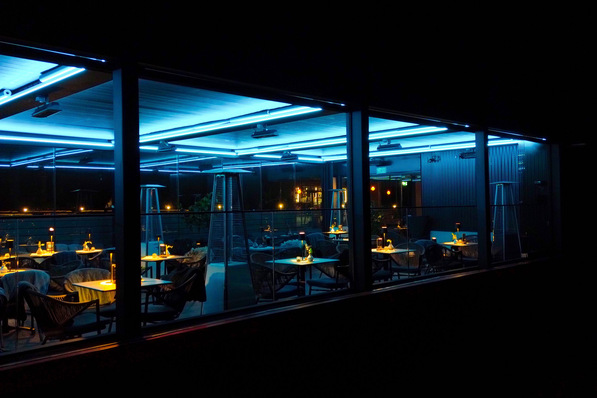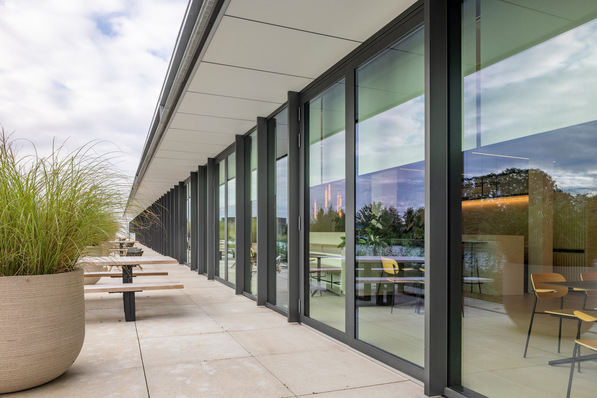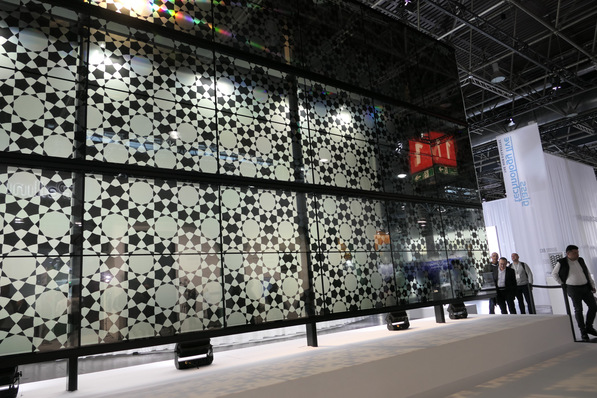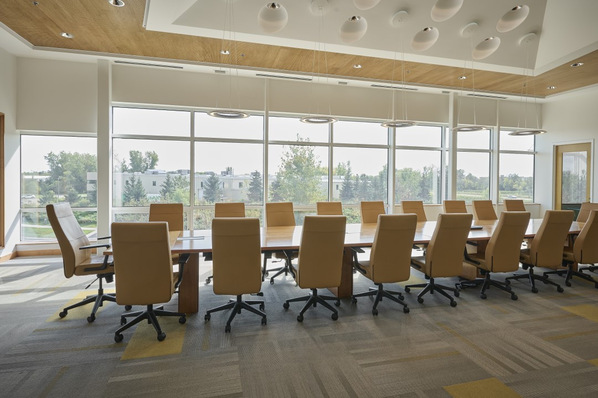If you haven‘t already read Part 1, please do so here.
#2 Cooling load
The effectiveness of a shading system is often evaluated by its reduction of cooling load alone. Even though this approach is general practice, it is an over-simplification. A more holistic approach is advantageous. A useful first step is to identify the most critical areas on a building’s facade by looking at the peak irradiation hitting each window. With this approach we can optimize shading performance for critical areas but also address separate areas of the facade where the insolation is weaker as a result of self-shading or orientation. It is of course advisable to avoid a patchwork of different shade/glass types as it creates an extra challenge towards the aesthetics, and it is likely to increase cost.

BAU
However, if our decisions are based only on the most critical area of the façade, we must be aware that this approach can lead to over dimensioning of the shading system. The next step in our process helps to guard against this.

BAU
#3 Thermal comfort
Thermal comfort calculations are generally carried out according to the ISO 7730. Within this method input data for occupant behaviour and the HVAC system are important variables with solar heat gains also potentially playing a major role. By making some rudimentary assumptions about the building occupants and HVAC systems, the thermal comfort model’s complexity can be reduced and in doing so we shift focus entirely to the effect of solar radiation. By calculating the local temperature increase due to the sun we are able to assess the performance of the shading system on its own merits and without the need to consider complex mechanical systems. With this approach it is easy to pinpoint where the shading system is insufficient in controlling heat gains, but also identify any area where over-shading occurs. The diagram below shows this principle.

BAU
Balancing daylight access with solar shading
Creating a successful dialogue on solar shading within the design is part of a collaborative process. This implies a need for testing various scenarios which can be quickly carried out and to give feedback on different design options in a way that makes sense to all parties involved. In order to do so we need a holistic approach overseeing the different aspects of façade design. With the methods presented above, meaningful information can be derived within early stages, giving feedback and ultimately informing the design process in a timely manner.
About BAU
BAU has a broad portfolio including urban development, commercial buildings and housing as well as hotels and industrial buildings. BAU today has just over 80 architects, construction engineers, visualization experts and environmental engineers who together develop sustainable architecture.














